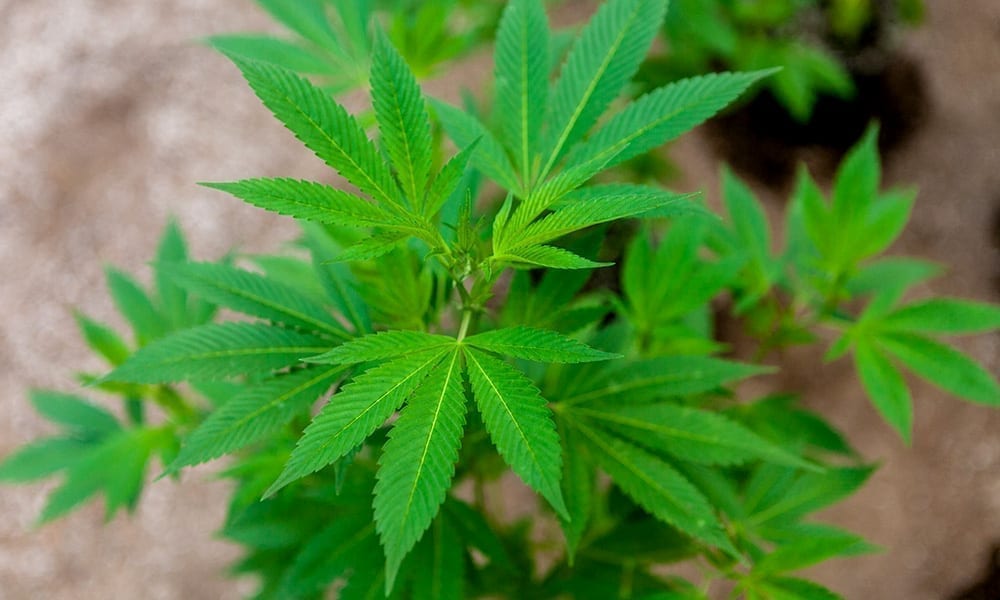Business, Industry News, Legal
Why Does Ohio Have the Nation’s Priciest Marijuana?
By
In many ways, Ohio — where medical cannabis finally went on sale to qualified patients on Jan. 16, following a two-year build-up and a four-month delay— is a case study in how not to do medical marijuana.
Unless you are one of the state’s 24 licensed cultivators. In that case, you are enjoying the right to sell cannabis at the princely sum of $8,620.68 a pound — which would be, according to a brief review of online menus and the most rudimentary understanding of the wholesale market, probably the most expensive marijuana on the legal American market.
Why and how is this and how will it stop and how can it be avoided elsewhere? According to WKYC, the first sale of cannabis from licensed cultivators to retailers on Jan. 16 was a delivery of 8.7 pounds for $75,000.
If an ounce is going for $538 wholesale — and retail markup is generally 100 percent —patients in Ohio are paying easily quadruple what they would in a state with an established market like California or Colorado. Or even nearby Pennsylvania — where, at RISE in Erie, a short drive from the Ohio border, a top-shelf eighth will run you $65, with grams going for $20.
What’s going on? WKYC interviewed marijuana industry attorney David Patton, who chalked up the exorbitant pricing to the industry’s early-stage status, and predicted that “once this industry grows and develops and reaches maturity, I would expect those prices to come down,” he told the TV station.
“This industry is in its infancy right now,” he observed. “So, we don’t have a stable marketplace.”
That’s all true — to a point, which ends right after “infancy.” Ohio was supposed to have the stablest of marketplaces — that’s why, in theory, it took until now for a sale.
The law legalizing medical marijuana that then-Gov. John Kasich signed into life in 2016 created one the country’s most strictly regulated cannabis programs. The number of producers was limited to 12 large-scale cultivators and 12-small scale cultivators by law. This created a nationwide scramble to get a permit — anyone who did get one had something akin to a license to print money.
It’s worth observing that every regulated market has had a similar trajectory. In Michigan, where voters legalized recreational marijuana at the ballot in November, regulators celebrated by strictly limiting who could participate in that state’s existing medical-cannabis market. Before, when caregivers growing at home provided marijuana to patients, pounds ran about $2,000, according to the Detroit Free Press. Now they cost about $3,500 a pound — plus another 80 percent markup for transport costs.
Which is still about half the cost in Ohio, where we see in stark outline the costs of an artificially constricted market. Because there is so little competition — and not even the risk of additional competition — cultivation companies can charge prices befitting a cartel monopoly. They may argue that they must do this and that the start-up and regulatory costs demand it. That may be true. It would be hard to say for certain without a detailed investigation of their books. But the end result is all too predictable: Ohio patients who are either too far away from a dispensary or utterly unwilling to be fleeced by a state-granted monopoly are taking to the black market, as Patton observed to WKYC.
What’s the solution? From a consumer perspective, it’s obvious: Let caregivers grow and don’t slap arbitrary caps on how many cultivators or retailers can exist in a market. Why did Ohio pick 24 cultivators and not, say, 36, or 40, or 80? You will be hard-pressed to find a coherent answer couched in any kind of market logic. But that’s cannabis in America.
TELL US, do you think it makes sense to limit medical marijuana cultivators?
Read more from the source: CannabisNow.com
Photo Gracie Malley for Cannabis Now


